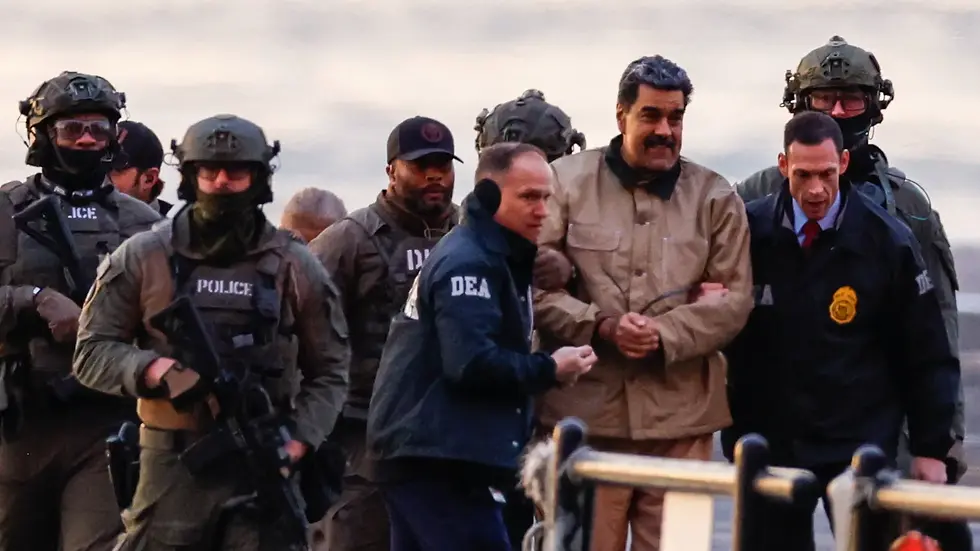A Global License to Kill: The History of US Targeted Killing
- mcoswalt
- Sep 10, 2021
- 3 min read
Updated: Mar 25, 2022
—
Qaed Salim Sinan al-Harethi, allegedly a top al Qaeda member suspected of involvement in the 2000 bombing of the USS Cole, met his death on November 3, 2002. Harethi, with five other alleged al Qaeda members riding with him in a vehicle in Yemen, was killed by a missile fired from a CIA-operated Predator drone. Among the others killed was Ahmed Hijazi, an American citizen.
This lethal incident almost 19 years ago marked a turning point in US foreign policy. The killing of Harethi, Hijazi, and the others appears to be the first use of targeted killing as part of the United States’ post-9/11 Global War on Terrorism. Begun under George W. Bush’s administration, the practice has continued under the Obama, Trump, and Biden administrations.
Although “killing by drones” is often used as a short-hand for this practice, targeted killing is done not only by pilotless drones but also by air strikes from planes and by covert operatives on the ground — the 2011 killing of Osama Bin Laden is the most well-known example of the latter tactic. What matters more than the precise tool is the larger practice: the U.S. government is killing people, generally alleged terrorists, who 1) do not belong to the armed forces of a nation the United States is at war with; and 2) have not been convicted of any crime in a court of law.
How many people have been killed since 2002 by targeted killing is unclear. Groups such as the Bureau of Investigative Journalism and the New America Foundation have tried to keep a record of targeted killing’s cost in lives, basing their numbers on media reports.
Going by these groups’ tallies, which differ somewhat, I would make a conservative estimate that from 2002 to the present the U.S. government has carried out roughly 1,000 counter-terrorist actions (often called “strikes”) that have killed approximately 5,000 people. These actions have taken place primarily in Pakistan, Yemen, and Somalia, with a small number of additional actions in Libya. (A very large number of drone strikes and similar actions also have taken place in Afghanistan, but I am considering those part of the U.S. war there.)
The Bush administration, although willing to wage major wars in Afghanistan and Iraq, relied less on targeted killing. After the 2002 killing, Bush oversaw around 60 strikes, most in Pakistan.
The Obama administration dramatically escalated targeted killing actions, carrying out almost 600. Most were against Pakistani targets but many were in Yemen. The most well-publicized targeted killings of the Obama years were those of Bin Laden and Anwar al-Awlaki, an American who had allegedly become an al Qaeda operative.
About 400 actions occurred during the Trump administration (although the Trump years also saw a massive increase in the bombing of Afghanistan). Trump took a step avoided by his predecessors: killing an official of another government. The United States killed, by drone, the Iranian General Qasem Soleimani in January 2020, to thwart attacks on US personnel in Iraq that the general was allegedly plotting.
The Biden administration is developing its targeted killing policy. However, Biden already has used drone strikes against al Qaeda-affiliated militants in Somalia and will likely continue targeted killing in some form.
U.S. targeted killing has gradually evolved into ever more dangerous forms. Bush began the practice, Obama escalated it, and Trump expanded it to killing other nations’ officials. After almost 19 years, one cannot argue targeted killing is just an extreme tactic adopted only in dire crises. The practice has effectively become American presidents’ global license to kill, without the benefit of a trial, anyone designated as a “threat.”
Some years ago, I asked “When do targeted killings end?” We still do not have an answer.



Comments